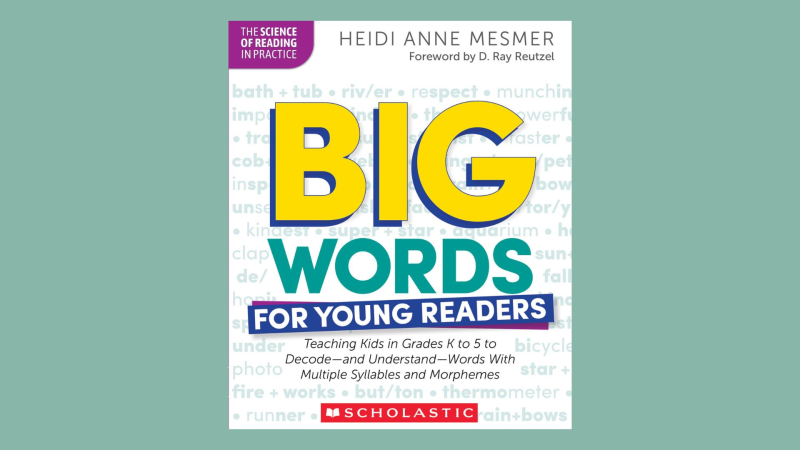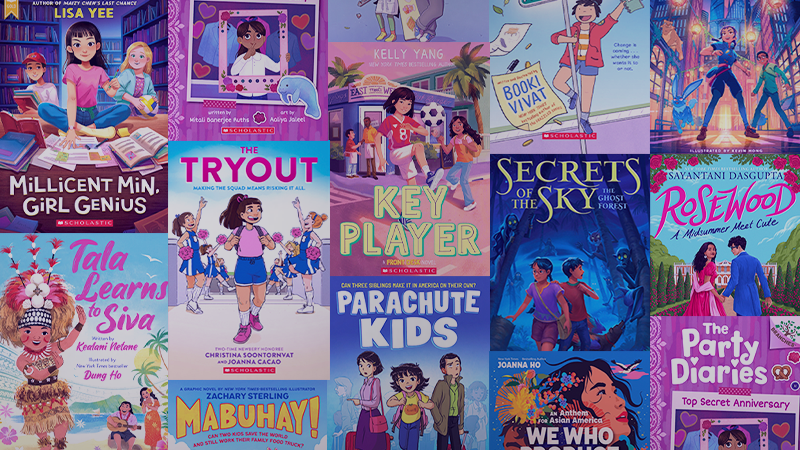This post is part of an ongoing series exploring new findings from the Scholastic Teacher & Principal School Report: 2nd Edition. This national survey of public school Pre-K–12 educators, conducted by YouGov, focuses on critical issues affecting schools and districts across the country. Carol Chanter, Ed.D., Senior Vice President for Professional Learning Services at Scholastic, shares insights into educators’ desire for professional development, and why this is so important.
These past few months, I have found myself inspired by the tireless dedication and creativity of teachers and school and district leaders as they have quickly adapted to educate students in our constantly changing world. From overcoming technical difficulties and limited access to resources, to navigating varying state and local guidelines—on top of keeping themselves, their families, and their students safe and healthy—this has not been an easy back-to-school.
With these new realities come new opportunities to grow together as educators in support of our school communities. In May, as COVID-19 turned our world upside down, I wrote about why professional learning still matters while working from home. Now, as the 2020–21 academic year is taking shape, I am reminded again why professional learning continues to be essential for all educators as they strive to build relationships, provide social and emotional support, and meet the wide-ranging academic needs of students, while learning in real time how to teach in virtual, blended, or face-to-face environments with new COVID-19 guidelines.
During summer 2020, Scholastic re-contacted 860 public school Pre-K–12 educators who had participated in the Teacher & Principal School Report: 2nd Edition national survey in winter 2020. Findings from this virtual check-in revealed that professional development continues to be top-of-mind for teachers and principals. Nearly all educators (91% in winter, 93% in summer) told us that they want more effective, ongoing, relevant professional development. Additionally, nearly 4 in 10 (38%) educators say that they’re concerned about their professional development as a result of COVID-19.
We must remember that students are not the only ones who had their learning disrupted this year. Teachers, too, had to quickly learn anew how to transmit their in-classroom teaching practices through virtual portals into family homes. Providing targeted professional development opportunities will be vital to ensuring that educators have the knowledge, skills, and support they need to stop the widening “COVID achievement gap,” and help all students be successful in any learning environment.
What professional development offerings are educators specifically looking for? According to summer findings from the Teacher & Principal School Report: 2nd Edition, the most desired areas of PD in the coming year among both teachers and principals include:
- best practices for distance learning (81% teachers and 69% principals)
- learning how to motivate and engage students in a distance learning environment (78% teachers and 66% principals)
- learning ways to support student social-emotional needs (53% teachers and 62% principals)
Across nearly all of these areas of PD that educators say they would like to focus on, a majority say their desire for this type of PD has increased compared to this time last year. This increased desire is most likely due not only to the shift to distance learning and need to provide instruction in new ways, but also to the nation’s rising social justice movement, which has inspired many Pre-K–12 educators to reexamine their own practices, teaching materials, and internal biases.
Specifically, 79% of educators say that their desire for PD on how to incorporate anti-racism practices into the classroom has increased. Also notable, 71% say that their desire for PD on embedding social justice into the curriculum has increased, and 69% say that their desire to be able to identify and understand the impact of implicit bias has increased.
The idea of being a lifelong learner doesn’t stop with our students. We as educators must push ourselves and our peers to find inspiration and motivation through continuous learning—whether you’re seeking tips for student engagement in a remote learning environment, approaches for integrating social-emotional learning support into lessons, or strategies for discussing racial identity with students.
Everyone—from teachers to administrators—needs structured opportunities to grow and explore new ways of thinking. For professional development to be effective, it must be prioritized, job-embedded, continuous, relevant, practical, collaborative, and focused on meeting real-time needs using the latest research available. Now more than ever is the time to make quality professional learning available to teachers and leaders as they navigate the uncharted course of education in the wake of COVID-19.
Keep Reading: Don’t miss the other posts from this series! Click the links below to discover additional research from the Scholastic Teacher & Principal School Report.
- Reading Serves as a Critical Bridge to Stem Learning Loss by Dr. Karen Burke
- Discovering a Social-Emotional Lifeline Through Reading by Pam Allyn
- Teachers and Principals Reflect on COVID-19 and the Academic Year Ahead by Brittany Sullivan
- What Teachers Want in Children’s Books by Deimosa Webber-Bey
Methodology: To see the full Scholastic Teacher & Principal School Report: 2nd Edition methodology, click here.





